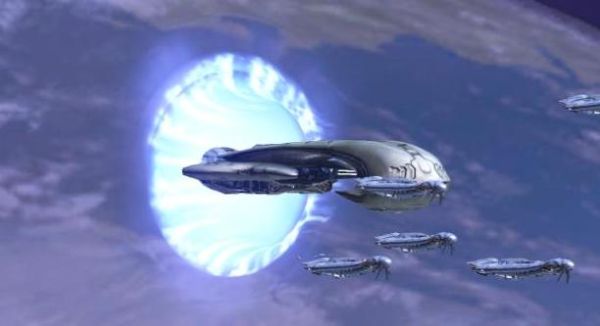Anyone who has ever watched the incredibly popular Star Trek series or played the widely engaging video game, the  Halo series will tell you that warp speed or traveling faster than the speed of light is by far the only science fiction that dream of nearly day. One of the greatest scientific minds on modern times, Sir Albert Einstein, in his theory of relativity had squashed all hopes of ever achieving this feat. However, scientists at the globally renowned CERN in Geneva have now received an incredible breakthrough as during one of the tests conduct at the facility’s particle accelerator, neutrinos were found to have traveled faster than light itself. This marvelous discovery has not only brought in immense sense of awe from the scientific community, but has also led to a number of skeptics questioning the validity of the find. Neutrinos, that are said to have no mass and are electrically neutral in composition traveled from CERN to the southern end of the laboratory in Gran Sasso, Italy, covering some 454 miles and reached the destination 60 nanoseconds sooner than photons that take about 2.4 miliseconds for the same distance. This remarkable achievement puts them in a class, where they traveled 20 parts per million faster than the speed of light.
As of now the CERN team that has been conducting experiments on a neutrino beam generated by the particle accelerator, has submitted its findings for evaluation to scientific community and has urged other institutions to carry out similar experiments to corroborate the results. The CERN team has been conducting these programs under the OPERA program and has invested some six months in to making sense of the phenomenally profound findings about faster than light travel. If these results are proven to conclusive, this one of a kind discovery will make nearly physicists run back to the drawing boards to re-analyze the principles of physics and will once and for all remove the theoretical limitations posed by the theory of relativity.
According to Dr. Dario Autiero (CERN),
“We cannot explain the observed effect in terms of systematic uncertainties. Therefore, the measurement indicates a neutrino velocity higher than the speed of light.â€
Via New York Times




